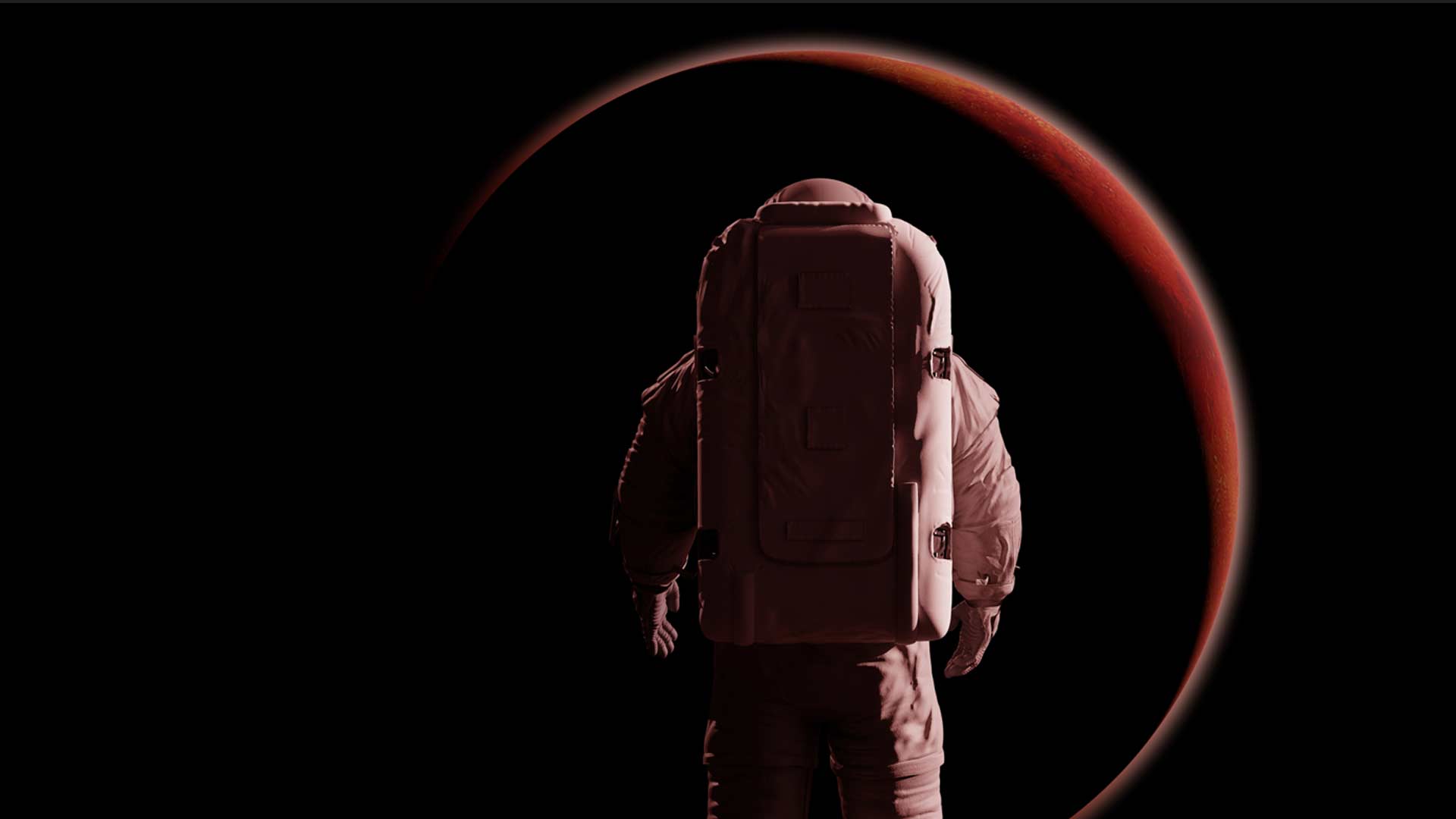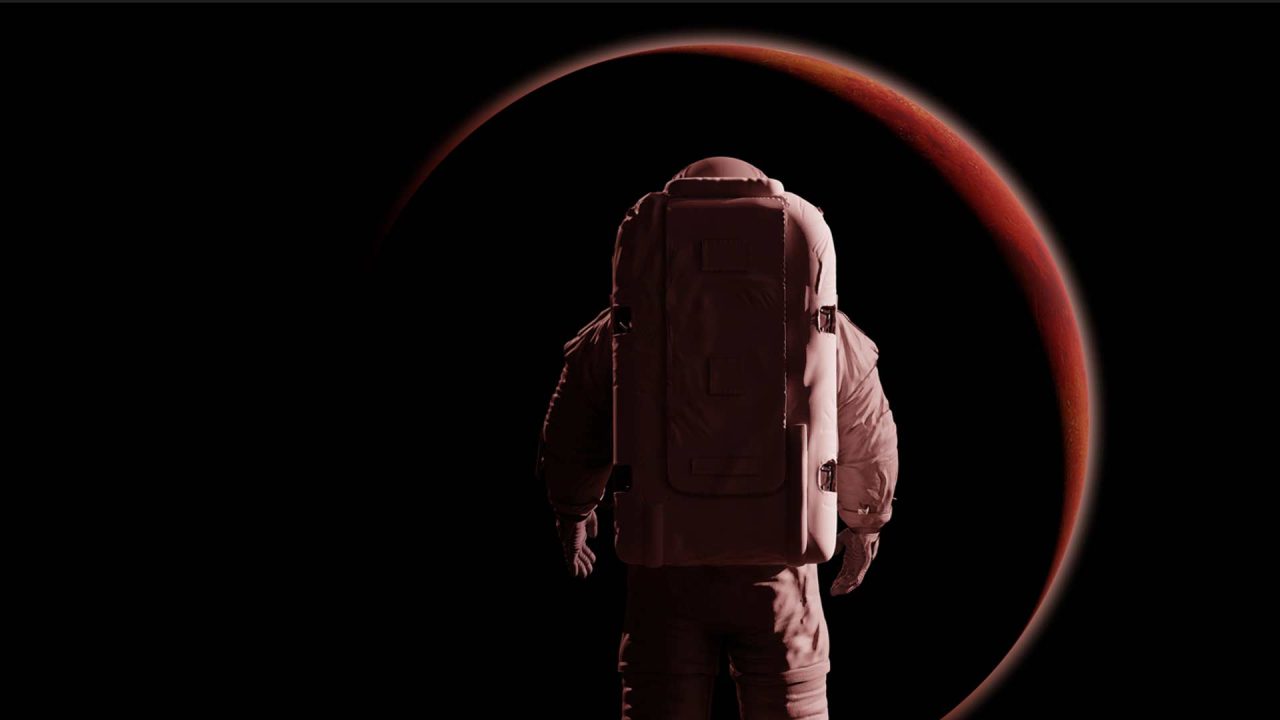
Alaska Congressman Nick Begich, a member on the House Committee on Science, Space, and Technology, introduced The Dept. of Energy and NASA Interagency Research Coordination Act, a bipartisan bill co-sponsored by California Congressman George Whitesides, to formally strengthen collaboration between the DOE and NASA.
The bill aims to ensure continued U.S. leadership in space exploration and energy innovation by codifying a long-standing partnership between the two agencies with the ultimate aim of long-term exploration of the Moon and a future mission to Mars.
“For decades, the Department of Energy has played a pivotal role in supporting NASA’s mission – powering our spacecraft, developing advanced propulsion technologies, and enabling America’s dominance in space,” Begich noted on Feb. 14. “By formally establishing this partnership in federal statute, we can strengthen research collaboration, provide necessary congressional oversight, and ensure that the United States remains the global leader in space exploration and energy innovation.”
ALASKA WATCHMAN DIRECT TO YOUR INBOX
For more than 50 years, DOE and its predecessor, the Atomic Energy Commission, have contributed to America’s space program, most notably through the development of Radioisotope Power Systems (RPS), which powered the Apollo missions and more than two dozen other space expeditions. Today, the two agencies continue to work together on nuclear thermal propulsion systems and fission surface power technologies, which will be critical for future lunar and Martian exploration.
NASA is currently developing a strategy for space exploration throughout the solar system for the benefit of humanity through its “Moon to Mars” initiative. According to the agency’s website, the Moon to Mars initiative includes a human mission using fission power as the primary source of power on the Martian surface to sustain crews. Fission power is a form of nuclear power unaffected by day and night cycles or potential dust storms on Mars.
The next step toward this goal is the launch of Artemis 2, which will include four astronauts who will fly around the moon before returning to Earth. The roughly 10-day mission is tentatively scheduled to launch in April 2026. It will lay the groundwork for the next Artemis mission to land astronauts on the moon for the first time since 1972 in order to carry out long-term exploration and scientific discovery to pave the way for establishing a permanent base on the Moon for future missions to worlds beyond.
This mission, like many past NASA initiatives is expected to yield extensive benefits beyond space exploration.
If passed by Congress and signed into law by President Trump, Begich’s legislation would not authorize additional spending, but ensure that DOE and NASA operate within their existing budgets. It also requires both agencies to submit a comprehensive report to Congress within two years of enactment, detailing their collaborative efforts, research achievements, and future initiatives.
The bill has been introduced in the U.S. House of Representatives and will be referred to the House Committee on Science, Space, and Technology.









3 Comments
NASA should have its budget cut. Save us billions
Nasa is another BS agency that has lied repeatedly. Begich, you are beginning to disappoint me. Give this to a private company. Your sounding like a democrat. We don’t have the money to end up with some boondoggle.
Only an uneducated, Star Trek brainwashed fool would believe we colonize space. Wake up you fools.